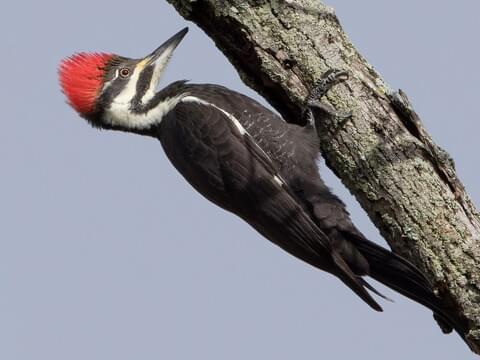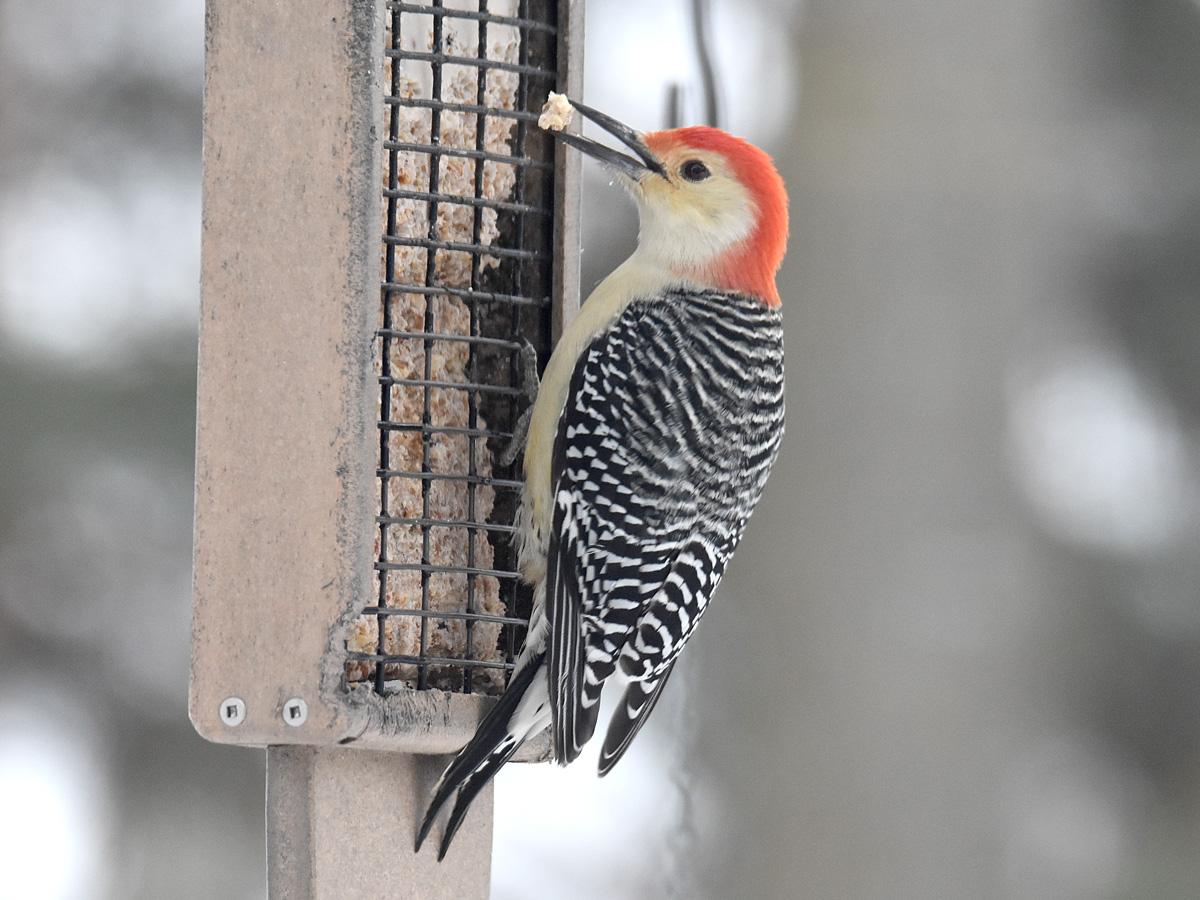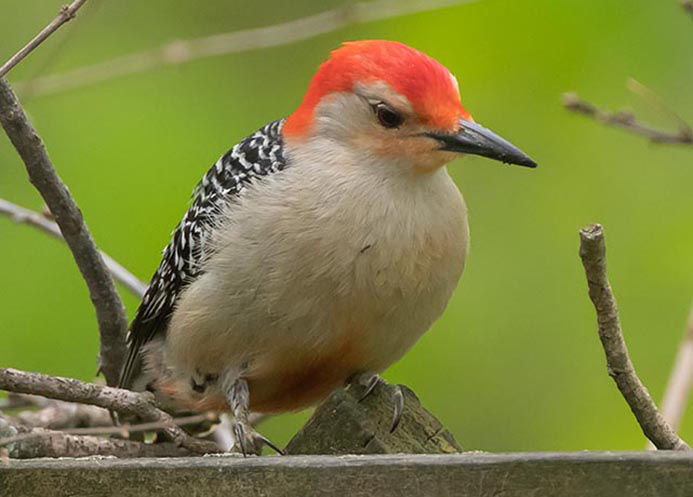Native Woodpeckers in Florida: A Guide to Variety and Behaviors
Native Woodpeckers in Florida: A Guide to Variety and Behaviors
Blog Article
Discover the Interesting Globe of Woodpeckers: Everything You Need to Know
The world of woodpeckers is a realm loaded with one-of-a-kind habits, elaborate adaptations, and a varied selection of types. From their environments and distribution patterns to their feeding behaviors and specialized anatomical features, woodpeckers have long captivated the passion of ornithologists and nature fanatics alike. Understanding the intricacies of these interesting birds gives a glimpse into the intricate interplay between their biology and the atmosphere. As we explore the globe of woodpeckers even more, we discover a riches of information that clarifies their value in communities and the challenges they encounter in an ever-changing world.
Woodpecker Habitats and Distribution
In North America, for instance, woodpeckers can be found in both coniferous and deciduous woodlands, utilizing their strong beaks to forage for bugs and develop nesting tooth cavities in trees. In Africa, particular woodpecker varieties have actually adjusted to arid environments, such as the acacia woodlands, where they play an important role in regulating insect populations.

Feeding Behaviors and Diet Regimen
Woodpeckers utilize their strong beaks to pierce right into the bark of trees, probing for bugs and larvae hidden under the surface area. In enhancement to insects, woodpeckers also eat nuts, seeds, fruits, and sap.
Woodpeckers are known for their drumming behavior, which serves not just to communicate with various other woodpeckers but also to find food. The quick drumming noise is created by the bird pecking on powerful surfaces like dead trees or metal posts. This behavior can attract pests hidden in the timber, enabling the woodpecker to spot their presence and prey on them.
Distinct Adjustments for Tree Climbing
In their adept search of insects concealed within tree bark, woodpeckers have actually developed impressive anatomical functions that outfit them with distinct adjustments for effective tree climbing. Among the crucial adjustments is their zygodactyl feet, with 2 toes directing forward and 2 aiming backwards, giving a solid grasp on tree trunks. This customized foot plan allows woodpeckers to hold on to upright surfaces easily, enabling them to relocate up and down trees with dexterity. Furthermore, woodpeckers have tight tail plumes that serve as a helpful prop while they climb, aiding in equilibrium and stability. Their strong, chisel-like beaks are not only used for exploration right into wood however also for a fantastic read clutching onto bark as they ascend tree trunks. Woodpeckers have solid neck muscles and an unique head framework that soak up the effect of continuous pecking, permitting them to climb vertically without creating harm to their brains. These adaptations display the amazing transformative design that makes it possible for woodpeckers to browse trees with accuracy and effectiveness.
Diverse Woodpecker Types Worldwide
With over 200 various types spread across numerous habitats worldwide, the household of Picidae encompasses an impressive diversity of woodpeckers. These birds can be found in forests, woodlands, savannas, and also metropolitan locations, showcasing their adaptability to different settings. From the renowned Northern Flicker in North America to the vivid and evasive Crimson-backed Flameback in Asia, each woodpecker species exhibits distinct attributes in terms of tuft, habits, and habitat preference.
Woodpeckers vary considerably in size, with the petite Downy Woodpecker gauging around 6-7 inches in length, while the effective Lineated Woodpecker can rise to 17 inches - Woodpeckers in Florida. Their beaks likewise are available in different forms and sizes, showing their feeding behaviors. Some varieties specialize in removing bugs from tree bark, like the Acorn Woodpecker, while others, such as the Black-cheeked Woodpecker, prey on fruits and seeds

Conservation Efforts and Difficulties
Conservation campaigns for woodpecker populations are important in reducing the influence of habitat loss and various other dangers encountering these diverse avian types. Woodpeckers deal with different difficulties to their survival, primarily as a result of logging, urbanization, climate adjustment, and invasive types. To attend to these concerns, preservation efforts focus on safeguarding and bring back woodpecker environments, applying sustainable forestry methods, and increasing recognition about the relevance of these birds in ecological communities.
One substantial difficulty in Recommended Reading woodpecker preservation is the fragmentation of their habitats, resulting in isolated populaces that are extra at risk to extinction - Woodpeckers in Florida. Conservationists work to produce wildlife hallways and secured locations that attach these fragmented environments, permitting woodpeckers to relocate in between various locations for feeding, breeding, and shelter

Final Thought
To conclude, woodpeckers are fascinating birds with one-of-a-kind adjustments for tree climbing and feeding actions. They can be found in varied environments worldwide, facing conservation difficulties as a result of habitat loss and human activities. Understanding their environments, diets, and habits is crucial for conservation initiatives to protect these essential bird varieties. Further study and conservation activities are required to make certain the survival of woodpeckers in the wild.
Report this page